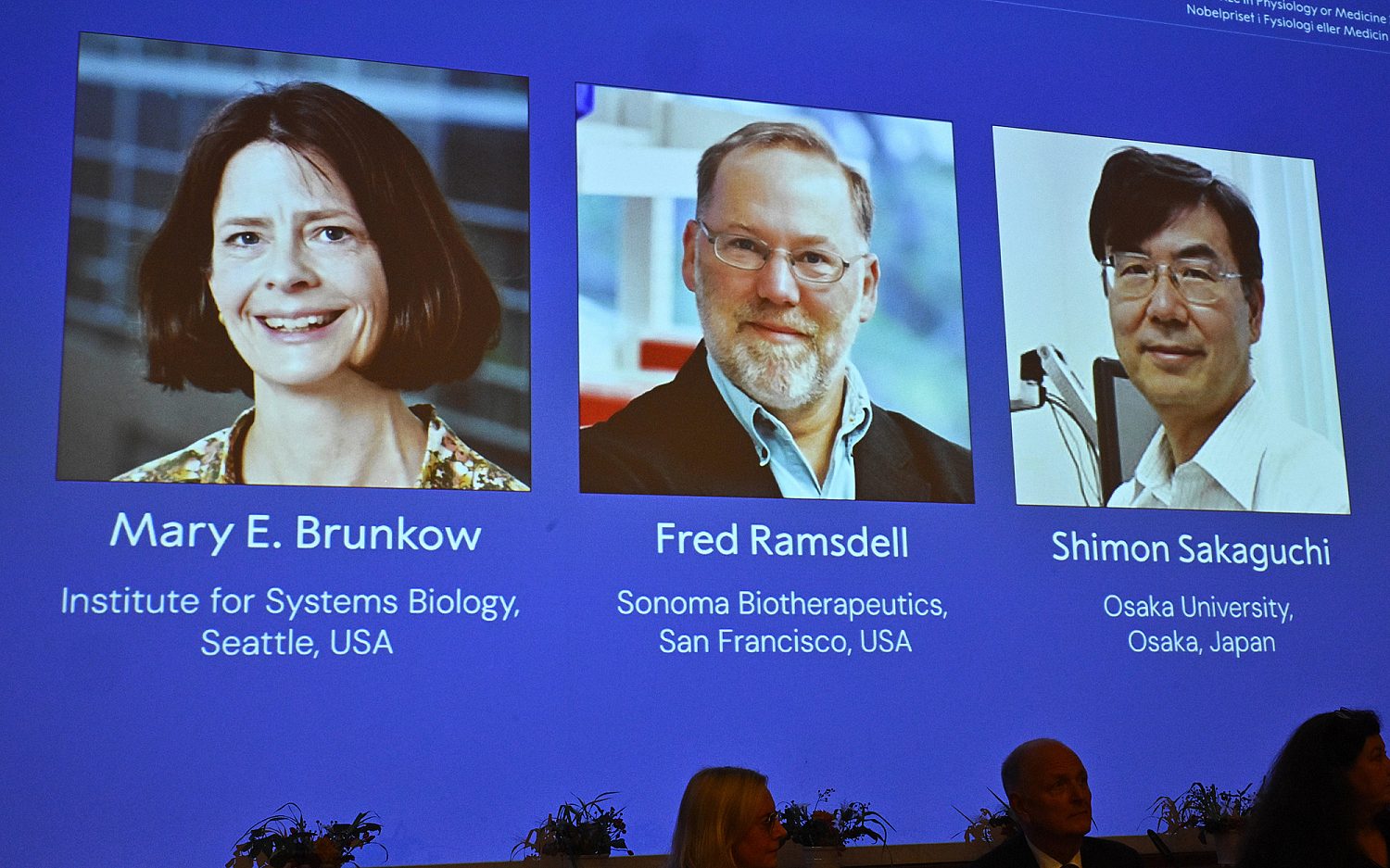Underwater lab prepares NASA for deep space missions
It isn’t easy for researchers to find places on Earth similar to the extreme and hostile environment of outer space, but the bottom of the Atlantic Ocean comes close.
On July 20, an international crew of four aquanauts descended 62 feet below the ocean’s surface for a 14-day mission aboard the Aquarius, the world’s only undersea research station. The 81-ton laboratory, moored six miles off the coast of Key Largo, Fla., allows astronauts, engineers, and scientists to prepare and train for deep space exploration without the costs and risks of leaving Earth.
The mission, representing a collaboration between NASA, the European Space Agency, and the Japanese Aerospace Exploration Agency, is the 20th of NASA’s Extreme Environment Mission Operations, NEEMO, in 15 years.
NEEMO expeditions allow specialists to simulate working conditions on a deep space location. Aquanauts can adjust their buoyancy to mimic the gravity levels found on Mars, Martian moons, or asteroids. The crew’s equipment also simulates communication time delays like those expected in the future when controllers on Earth attempt to send and receive messages from astronauts on Mars.
The mission affords a unique opportunity for the crew to perform tasks wearing pressurized suits in the unpressurized environment outside the Aquarius. These extravehicular activities, EVAs, provide training for future spacewalks. Most EVA training opportunities take place in artificially engineered simulations.
“But the floor of the Atlantic is not an engineered surface designed for our maneuvers where we have thrown rocks into calculated places,” David Coan, NASA spacewalk engineer and current Aquarius crew member, told me in an interview from the base. “It’s naturally rough, rugged, unpredictable terrain, very much like the surfaces astronauts will encounter on astroids or Mars and its moons.”
The crew also is experimenting with a variety of technologies that include hardware allowing crew members to use a tablet, smartphone, and head-mounted interface to read procedural steps without taking their hands or eyes off the task at hand; Microsoft’s new HoloLens, the first fully untethered, see-through holographic computer, which will be used on the International Space Station in the future; and wearable computers and smart apps that likely will be a big part of future deep space missions.
The Aquarius crew is conducting experiments involving instrument deployment strategies, maneuvers with a vehicle with robotic arms, and performance tasks on a zero-gravity surface in preparation for near-Earth asteroid exploration.
Coan previously supported five NEEMO missions from land, but his current experience as an underwater crew member gives him a whole new perspective. On land, the engineer’s focus is on the equipment and technologies, he explained. But on Aquarius, the focus changes to the crew—how they interact with each other, with mission members on land, and with the tools and technology.
“I understand what the engineers on land are looking for but now I also understand what it is like to actually use the equipment and technology in this environment,” Coan said. “I’ve had some ‘ah-ha’ moments.”
Life aboard the Aquarius, equipped with six bunk beds, shower, toilet, instant hot water, microwave, trash compactor, and refrigerator, is surprisingly comfortable, Coan said. The crew works long days, but Coan finds the mission so fascinating it hardly seems like work at all. The only drawback for Coan is missing his family, especially his 6-month-old daughter, who will be waiting for him Sunday when the crew rise from the bottom of the sea.
An actual newsletter worth subscribing to instead of just a collection of links. —Adam
Sign up to receive The Sift email newsletter each weekday morning for the latest headlines from WORLD’s breaking news team.





Please wait while we load the latest comments...
Comments
Please register, subscribe, or log in to comment on this article.